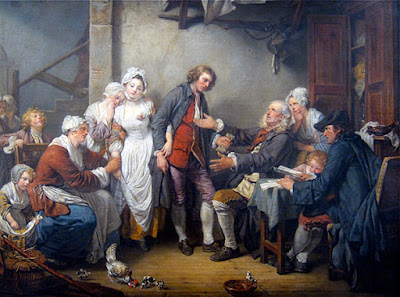You know that feeling when you work so much you look at the calendar and realize that not only do you not know what day it is but the day you thought it was is weeks off? I worked so much these past two months that I didn't realize June turned into July. I went to work in the mornings then worked at home at night, dropped into bed then got up again for work a few hours later. I felt like I was getting nothing done.
There were big summer storms, scorching hot days, and days spent wading in creeks with minnows at my feet. I took tons of photos, helped campers make 1,000 crafts, wrote blog posts, ran errands and got almost every single thing done on my 3 page to-do list! Compiling these photo and going through the tons of photos I took this past month has made me remember just how fast the days go by and that there is something special in each day.
Huge storms made everything a pile of slippery mud.
Not bad for my first two shots ever!
I swear I almost took this bunny home with me.
Tried to capture the northern lights but got lightning bugs instead!
Took a visit to Fort Delaware on Pea Patch Island. I still need to write up a post about it but I can say it might be quickly becoming one of my new favorite Civil War sites.

Helped find a possible darning egg at the archaeology site at Newlin Grist Mill. We also found a bone hairpin, a cosmetic bottle, and some slate pencils.















































